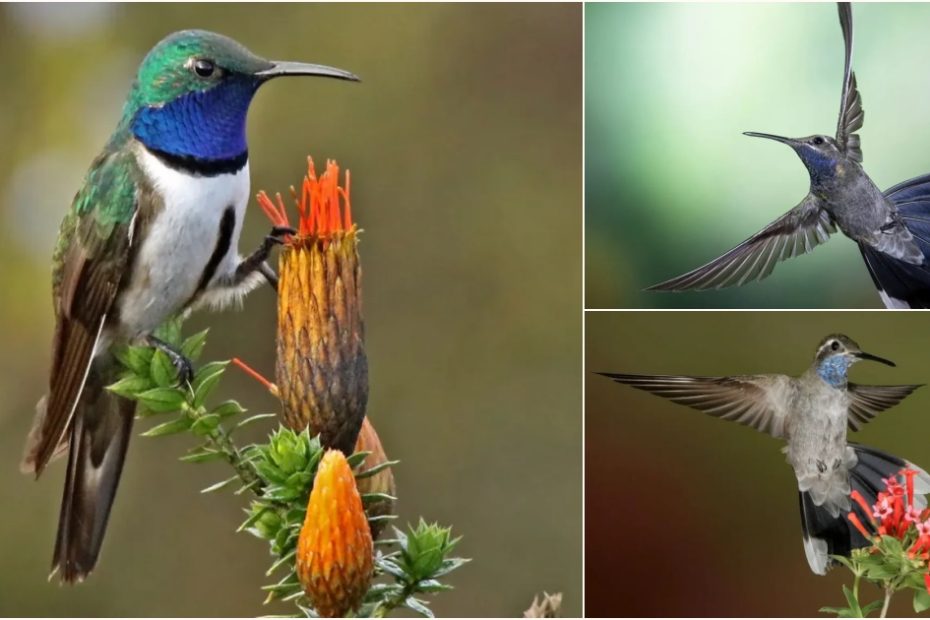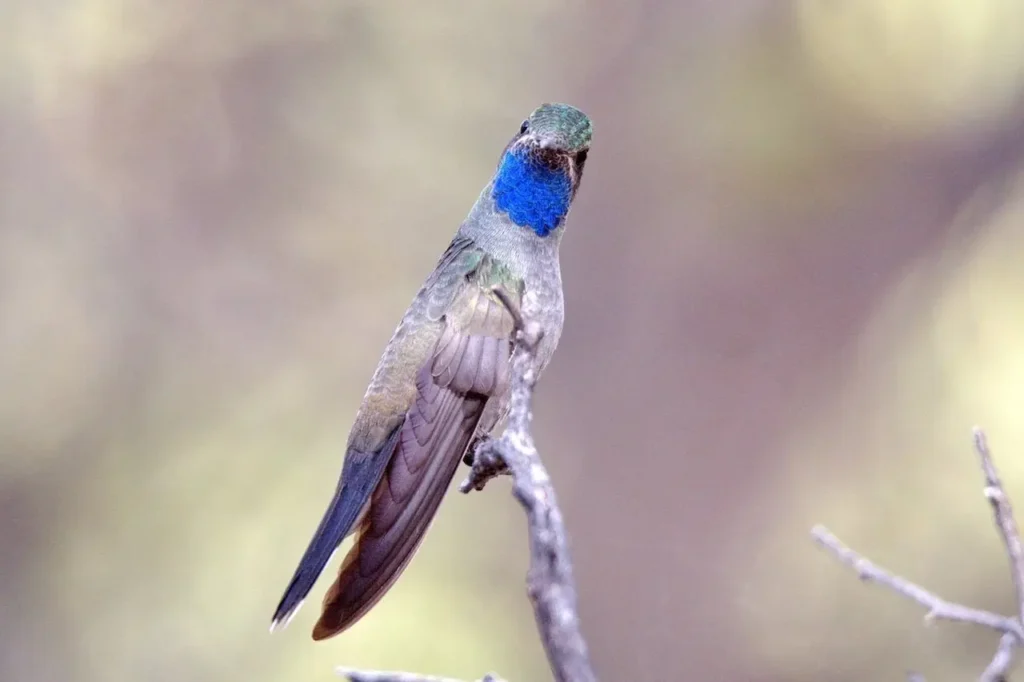In the vibrant landscapes of the northern tropics, a jewel in avian form takes flight—the Blue-Throated Hummingbird (*Lampornis clemenciae*). Renowned for its iridescent colors and distinctive blue throat, this hummingbird species holds a special place in the hearts of birdwatchers and nature enthusiasts. With its remarkable appearance and captivating behaviors, the Blue-Throated Hummingbird stands as a symbol of the dazzling biodiversity found in the world’s tropical regions. This article embarks on a journey into the enchanting world of the Blue-Throated Hummingbird, exploring its appearance, behaviors, and significance in the ecosystems it inhabits.

The Blue-Throated Hummingbird, a medium-sized species measuring around 11 to 13 centimeters (4.3 to 5.1 inches) in length, boasts an exquisite palette of iridescent colors. These hues shimmer and transform with shifts in light angle. The upperparts, including the back and wings, exhibit a blend of deep green and metallic bronze—a fusion that enchants the observer’s eye.
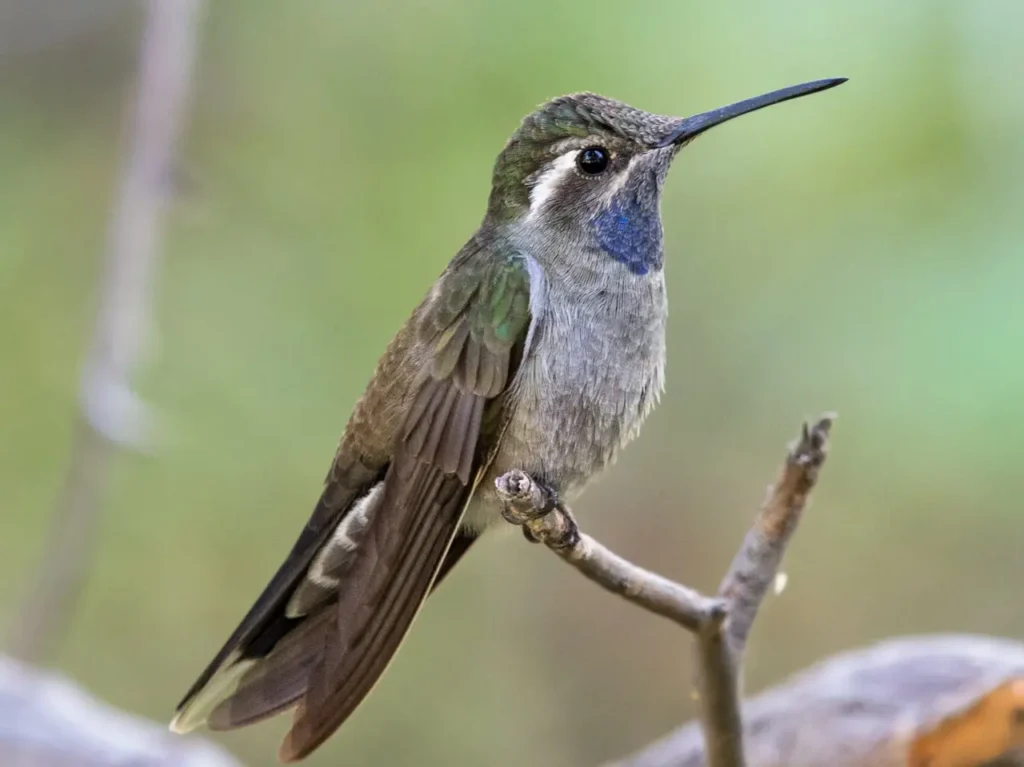
Yet, it’s the distinctive feature that truly sets the Blue-Throated Hummingbird apart—the vibrant blue throat that lends the bird its name. This azure throat contrasts dramatically with the surrounding green and bronze plumage, crafting a captivating visual display that leaves a lasting impression.
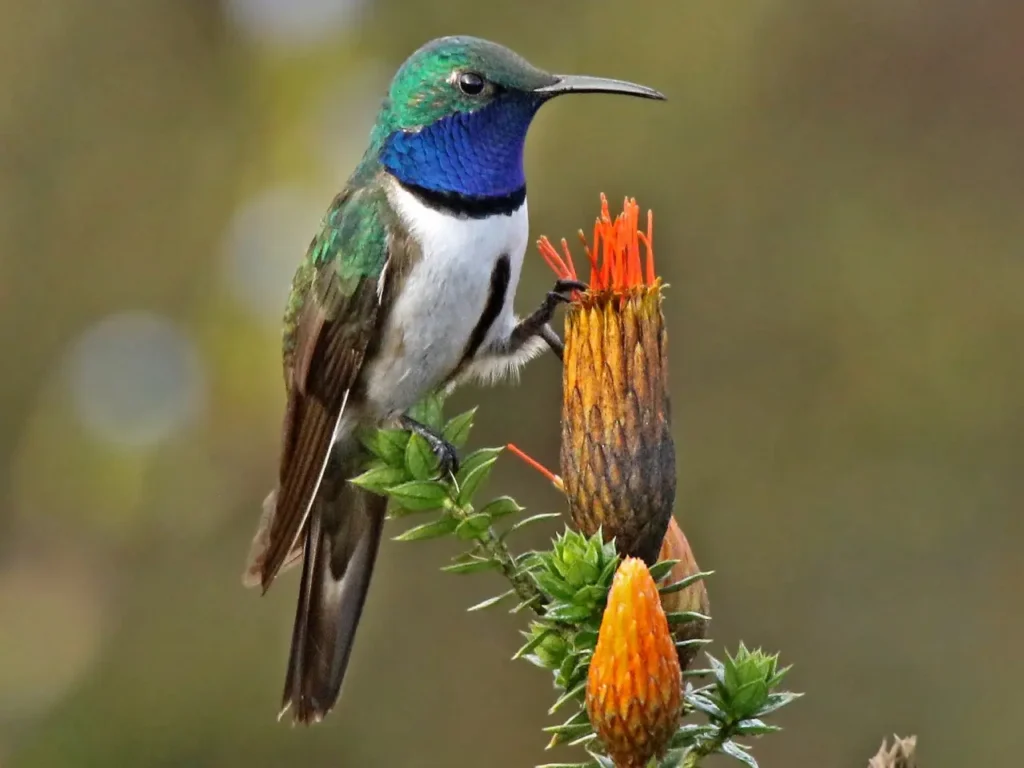
The Blue-Throated Hummingbird finds its natural haven in the northern tropics of Central America, spanning regions such as Mexico and Honduras. It thrives across an array of diverse habitats, including montane forests, cloud forests, and pine-oak woodlands. Its elevation range is quite diverse, often spanning from 600 to 3,000 meters (2,000 to 9,800 feet) above sea level.
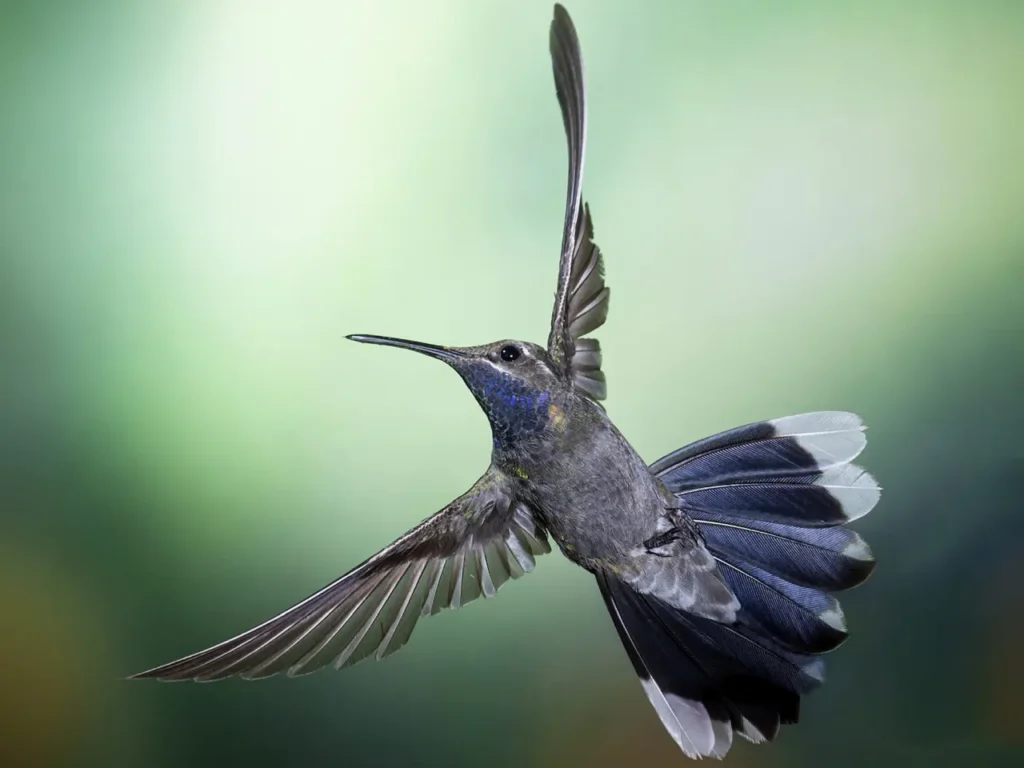
Demonstrating the quintessential prowess of hummingbirds, the Blue-Throated Hummingbird is renowned for its remarkable flight abilities, including mid-air hovering and even flying in reverse. Its wings move with astonishing rapidity, producing the characteristic humming sound that is synonymous with hummingbirds.
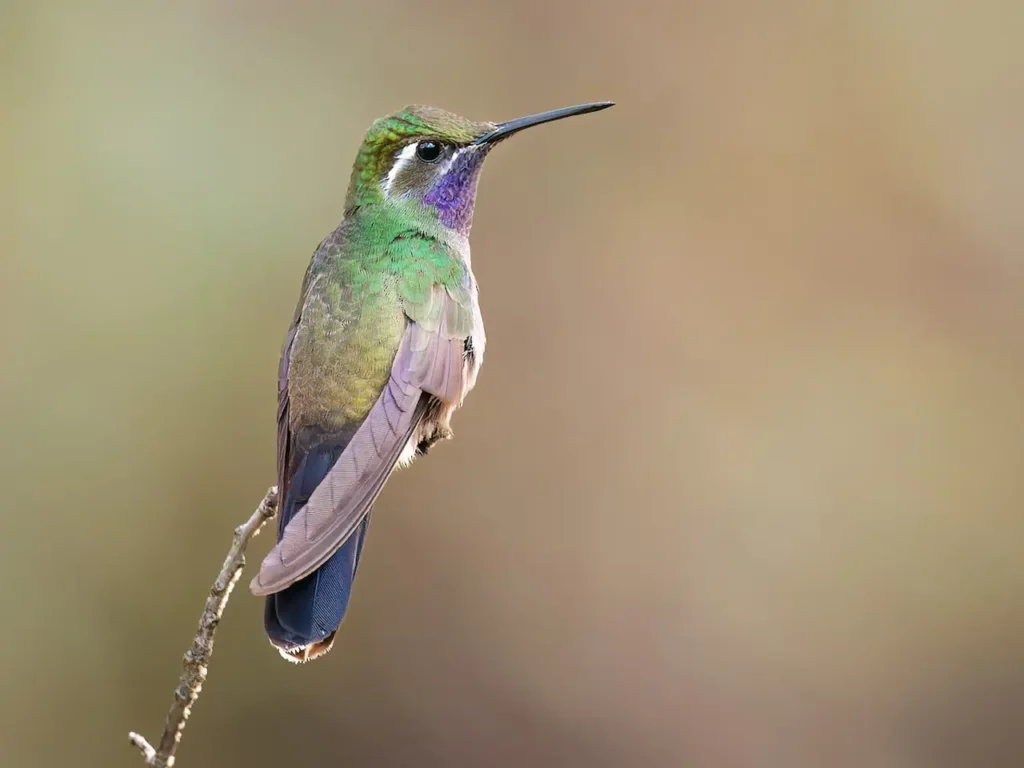
Nectar from flowers forms the primary diet of the Blue-Throated Hummingbird. This nectar is pivotal in sustaining its high metabolic rate. While indulging in nectar consumption, the bird inadvertently carries out pollination, a vital process for the ecosystem’s reproductive cycle. In addition to nectar, these hummingbirds supplement their diet with small insects and spiders, which contribute to their protein intake.
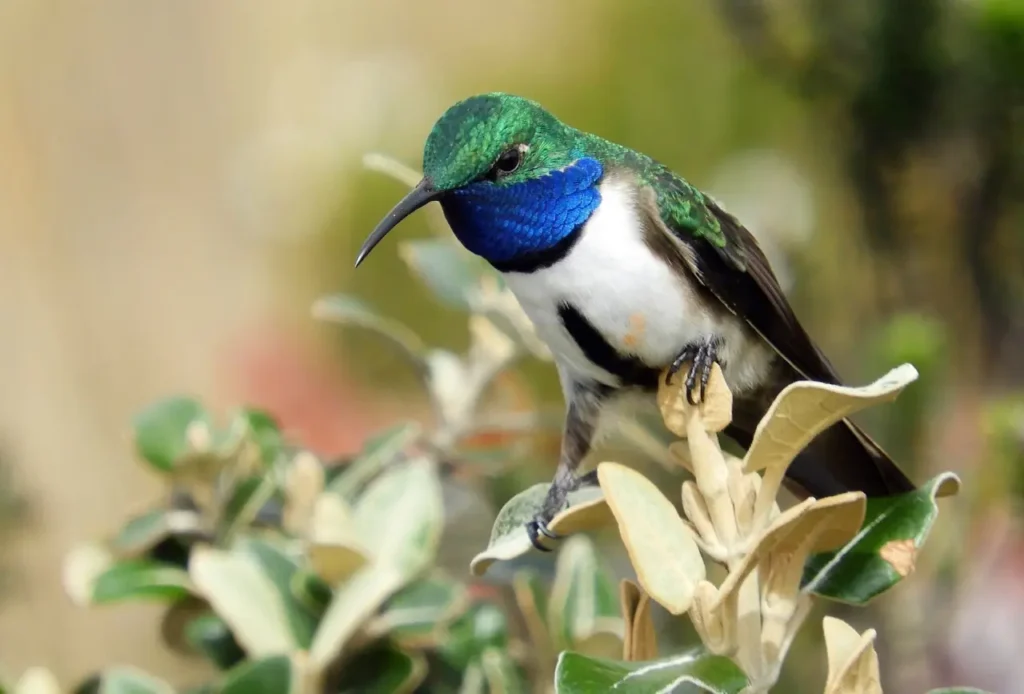
Courtship rituals of the Blue-Throated Hummingbird are a spectacle of complexity. Males showcase aerial acrobatics and vocalizations to captivate females. Following successful mating, the female crafts a small, cup-shaped nest, using materials such as plant fibers and spider silk. These nests are often suspended from the undersides of leaves.
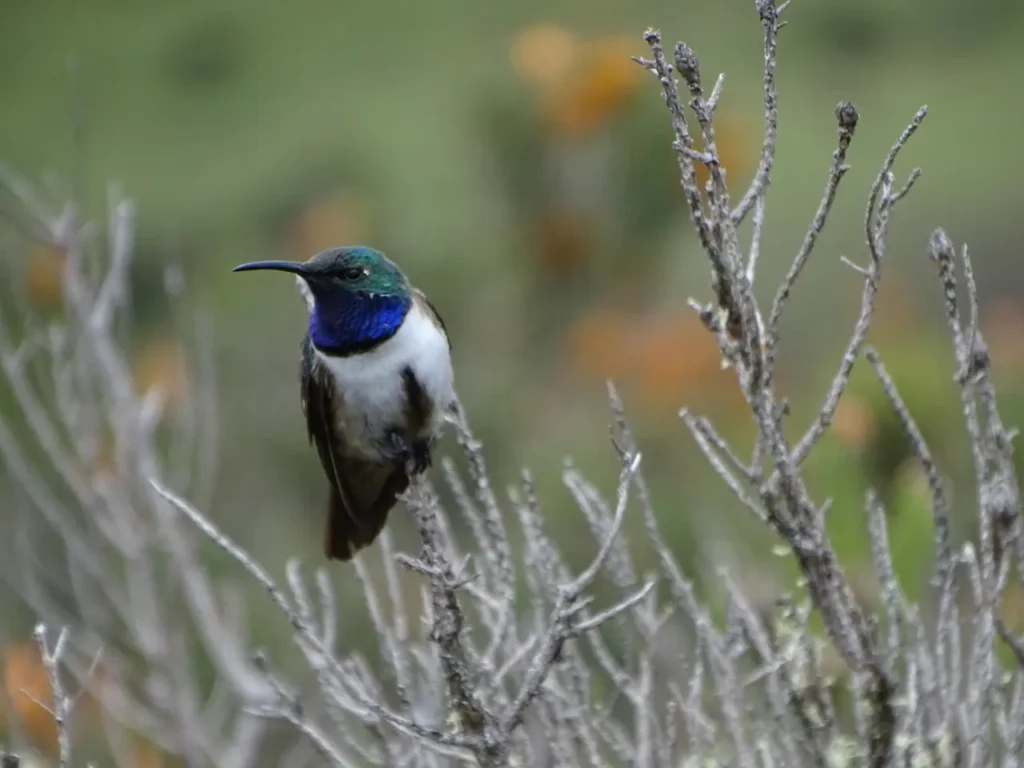
While the Blue-Throated Hummingbird is not classified as globally threatened, potential threats to its populations arise from habitat loss and climate change. The species’ reliance on specific elevational ranges for breeding and feeding renders it sensitive to shifts in temperature and vegetation patterns.
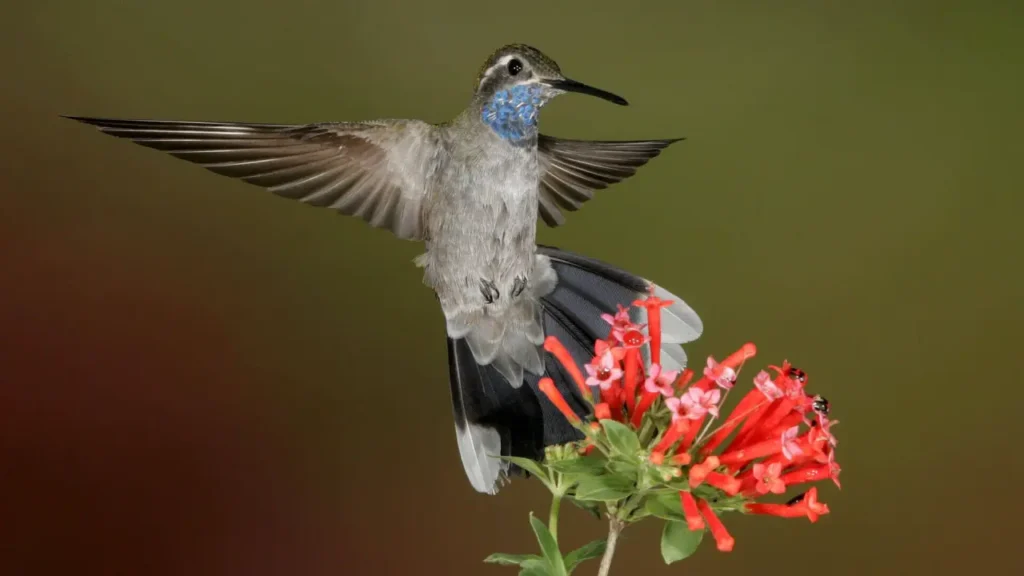
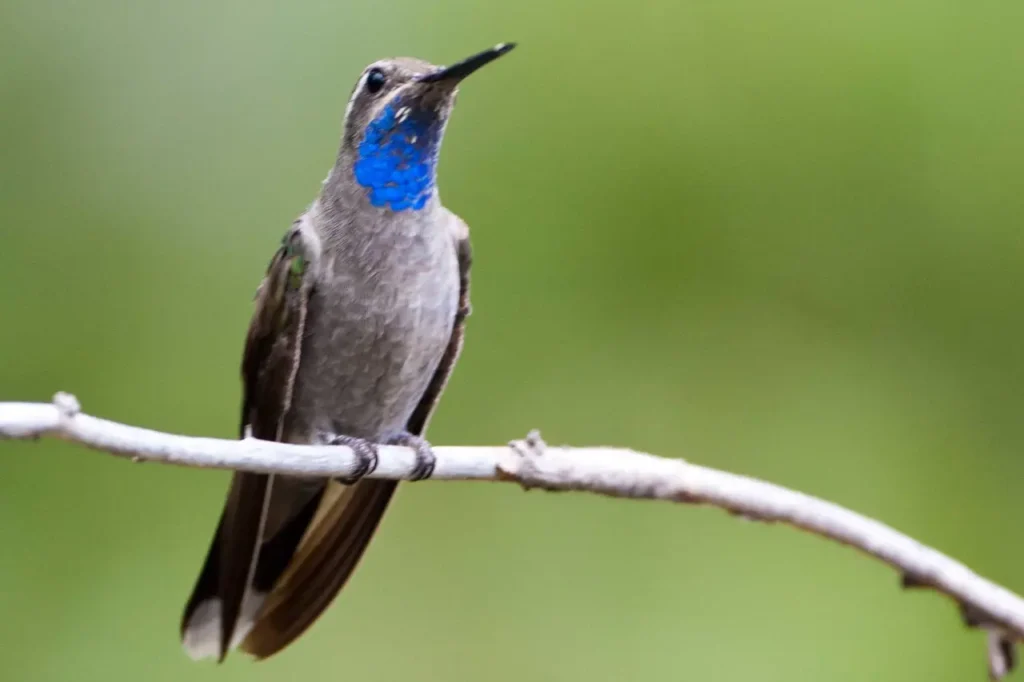
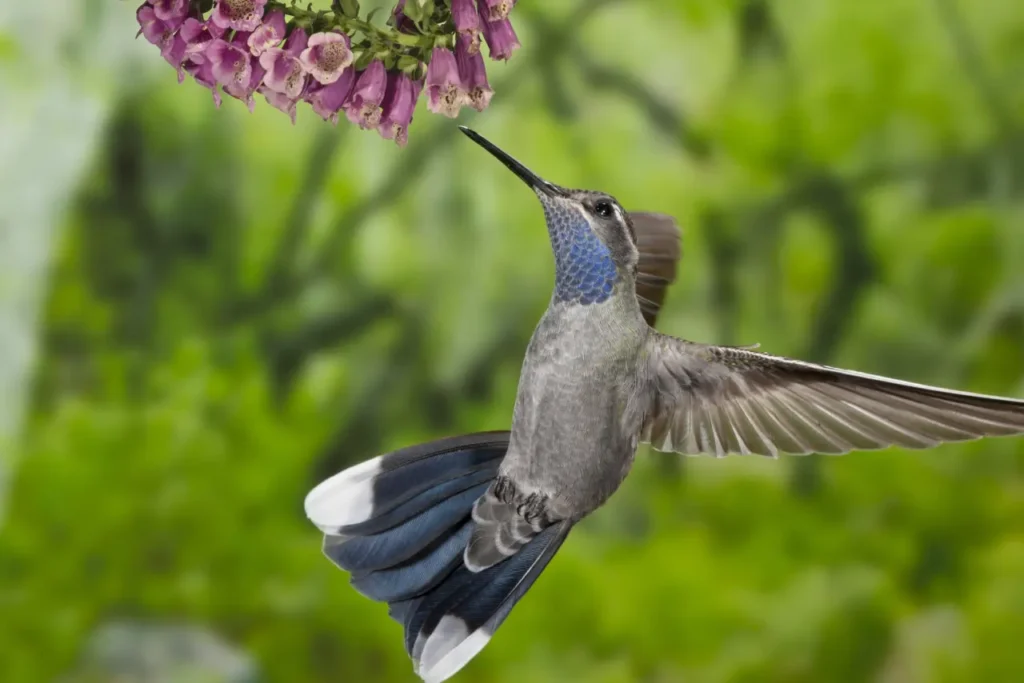
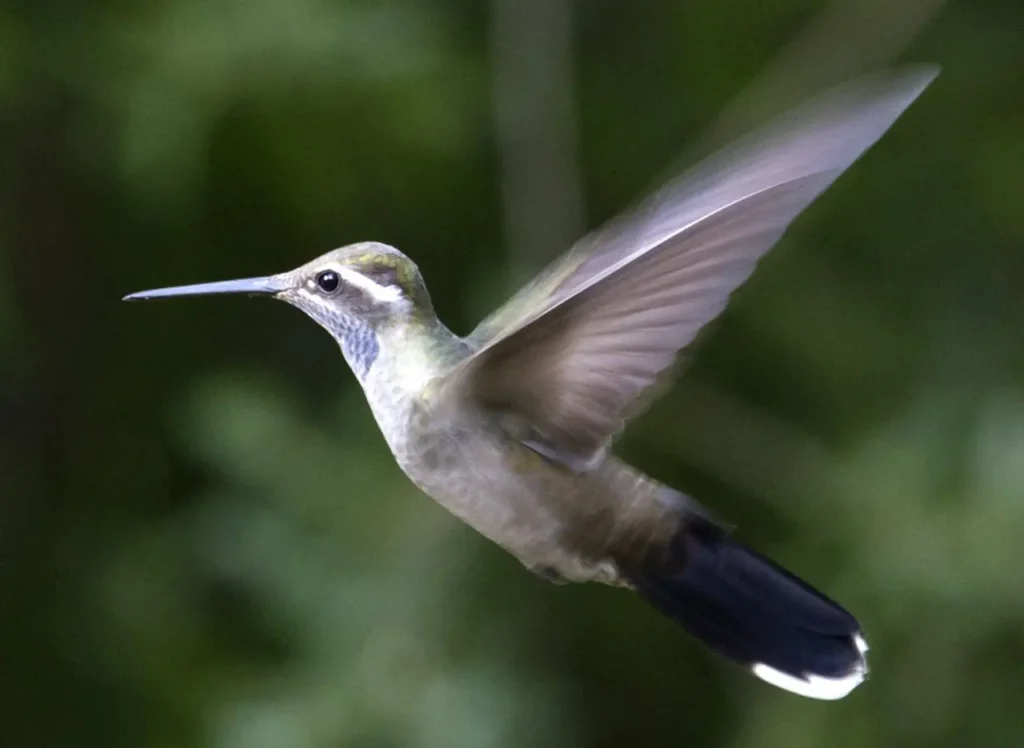
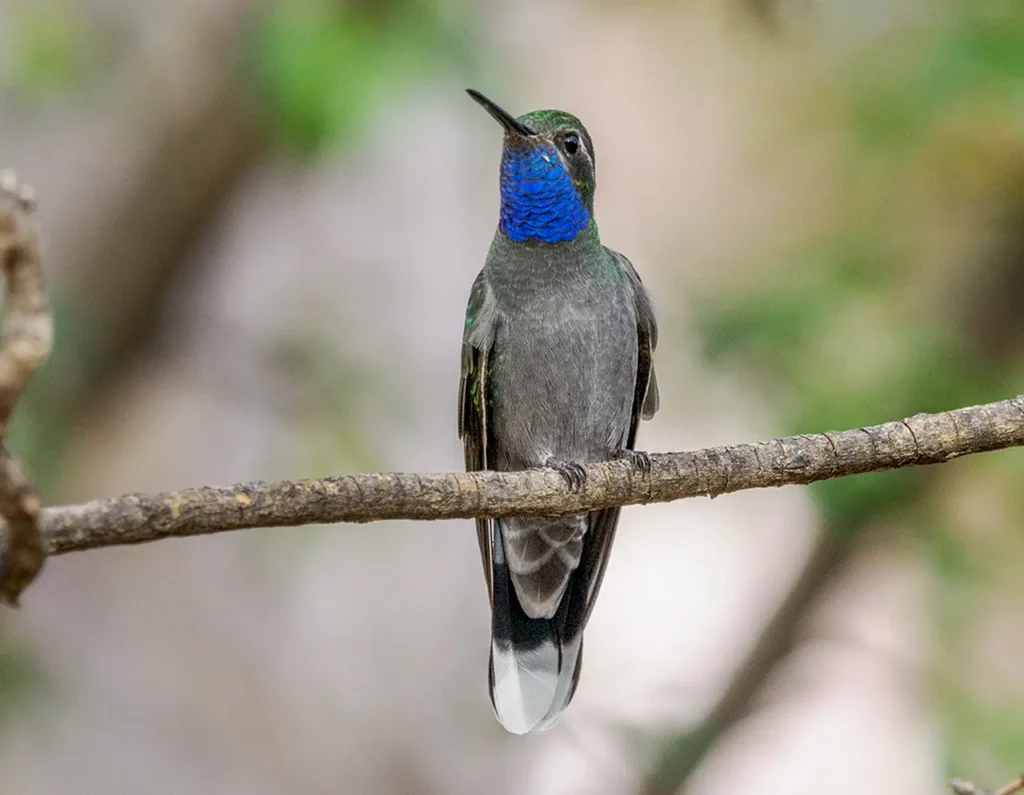
In essence, the Blue-Throated Hummingbird represents a radiant jewel of the northern tropics. Those fortunate enough to witness its iridescent hues and captivating behaviors are forever touched by its allure. Exploring and cherishing the captivating world of the Blue-Throated Hummingbird serves as a reminder of the intricate connections between these delicate creatures and the ecosystems they inhabit. By nurturing understanding and appreciation for this remarkable hummingbird and its pivotal role in pollination and biodiversity, we contribute to the conservation of these extraordinary birds and the vibrant ecosystems they call home.
